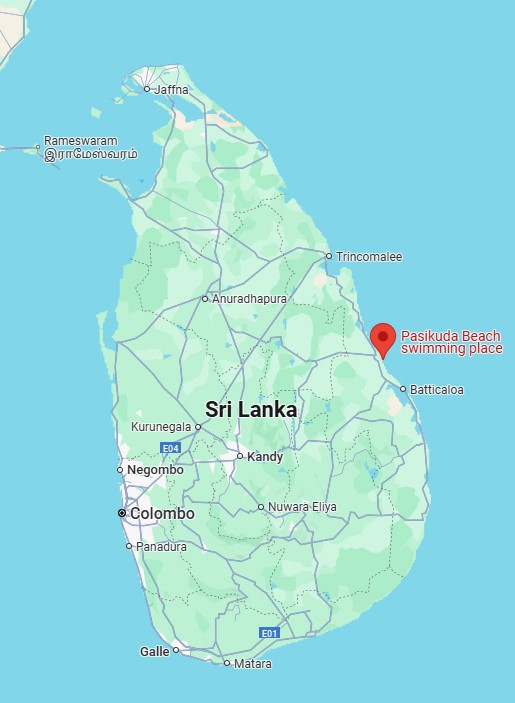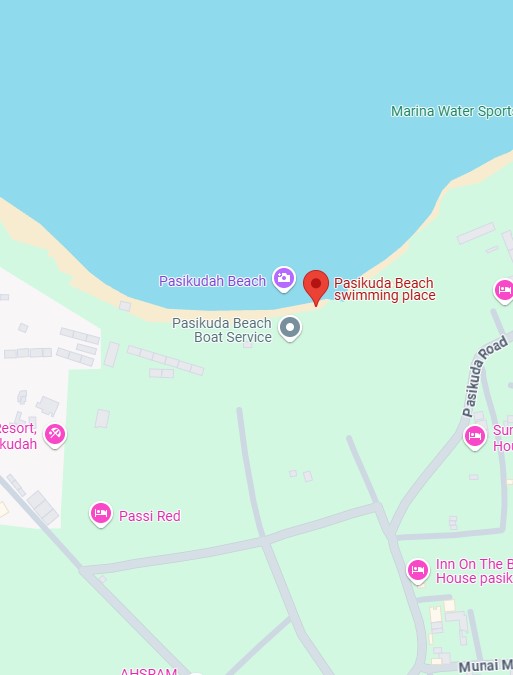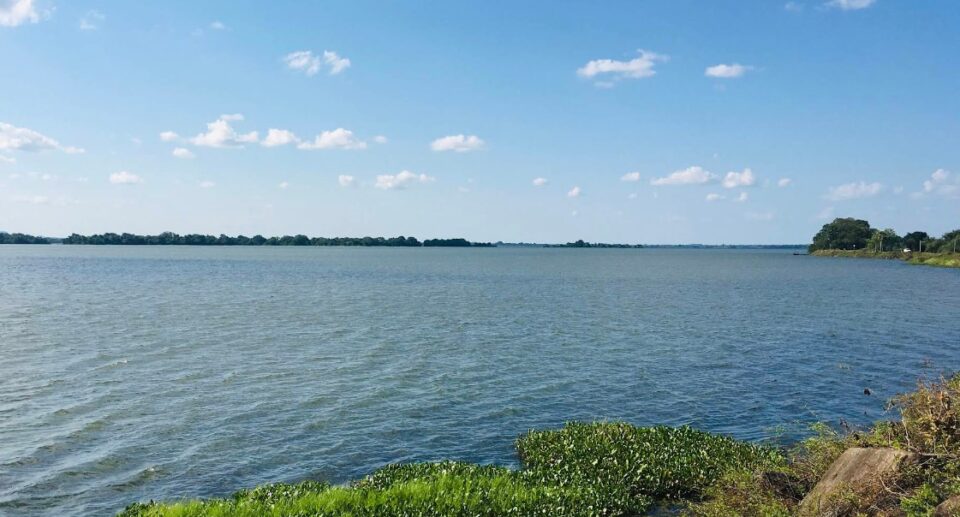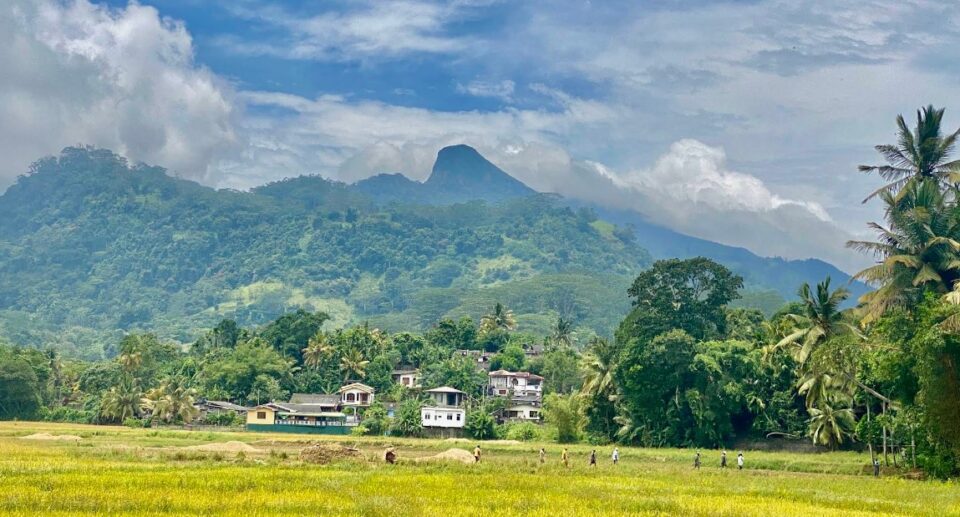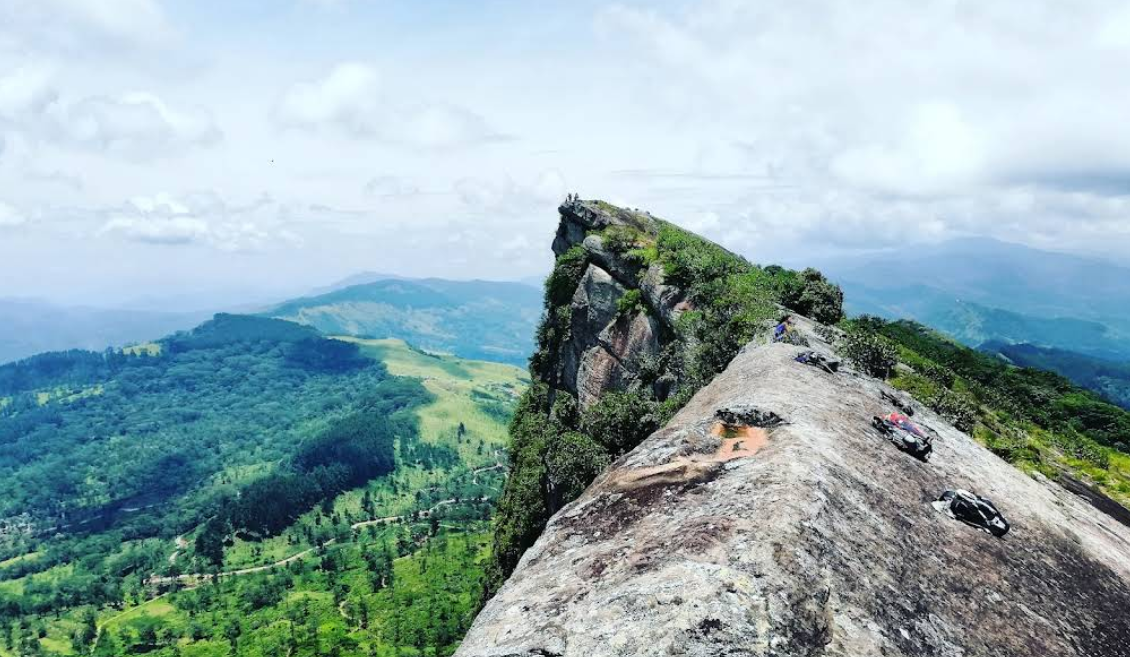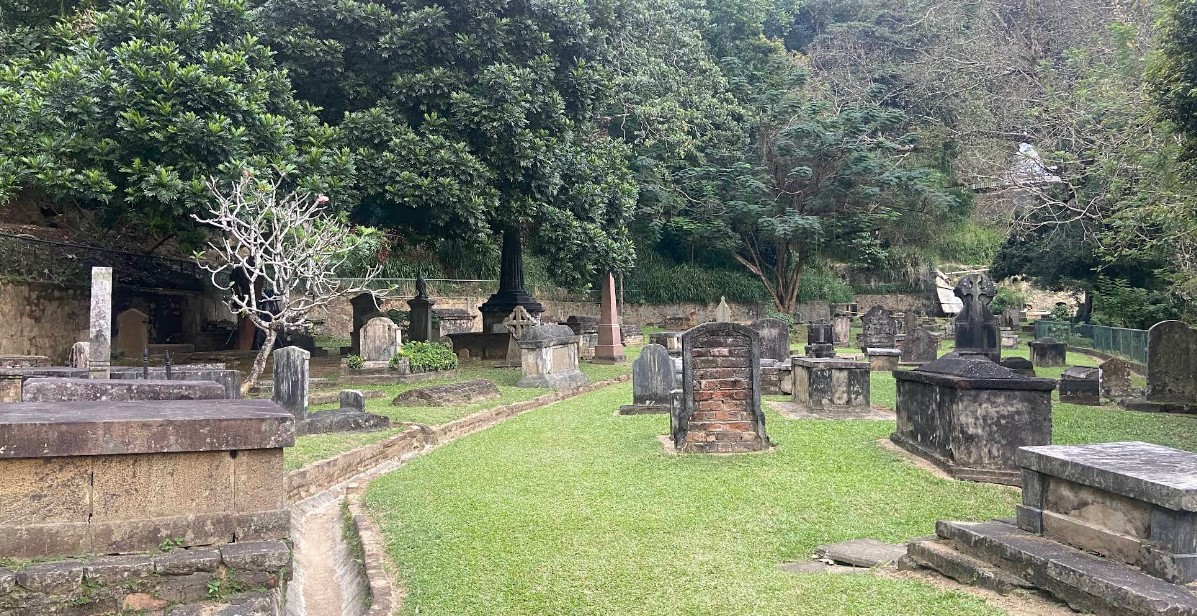Pasikuda Beach: A Tranquil Gem of Batticaloa, Sri Lanka
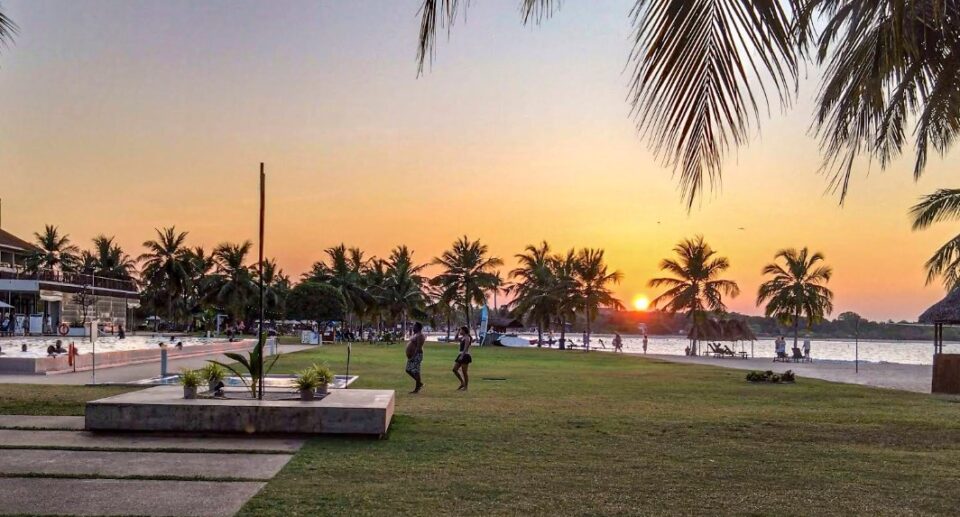
Tucked away in Sri Lanka’s east coast, Pasikuda Beach is a quiet slice of paradise that offers golden sand, clean water, and one of the longest shallow reef coastlines in the world. Located in the Batticaloa District, Pasikuda—”green-algae bay” in Tamil—is a popular hangout for locals and foreign tourists. Despite its relatively new appearance on the global tourist circuit, the beach and nearby areas have centuries of cultural, ecological, and historical significance.
Geographic and Natural Beauty
Pasikuda is found approximately 35 kilometers northwest of Batticaloa town and falls within the Eastern Province. The beach, situated on the Bay of Bengal, has shallow waters that stretch far out to sea, allowing visitors to wade in waist-deep water for hundreds of meters with no danger of strong currents. The coral reef just offshore creates a natural barrier, making the beach very safe for swimming and ideal for family excursions.
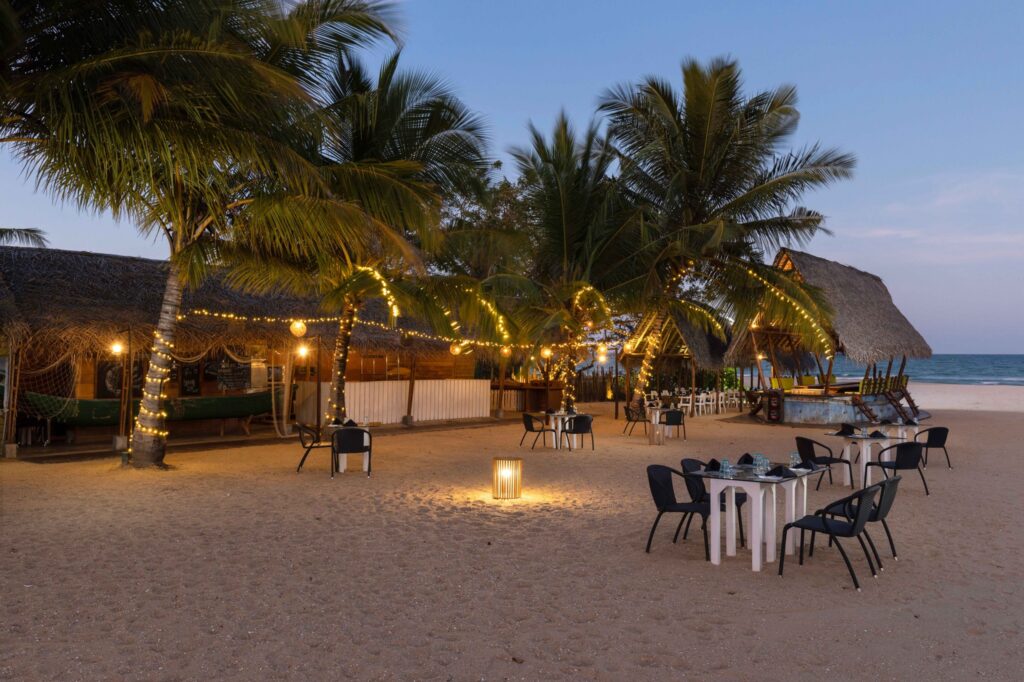
The white, powdery sand beach stretches for miles, lined with palm trees and scattered rocky outcrops. The sun shines brightly during the dry season, particularly from May to September, the ocean is tranquil, and the waters glimmer in hues of turquoise and emerald. All this combines to make Pasikuda ideal for water sports such as snorkeling, windsurfing, kayaking, and diving.
Ecological Richness
The surrounding marine ecosystem is endowed with coral reefs, seagrasses, and mangroves and thus a hotspot of biodiversity. The area boasts a variety of marine life including parrotfish, sea cucumbers, lobsters, and reef sharks. Conservationists have taken increasing interest in safeguarding Pasikuda’s reef system due to its ecological value and vulnerability to climate change and human intervention.
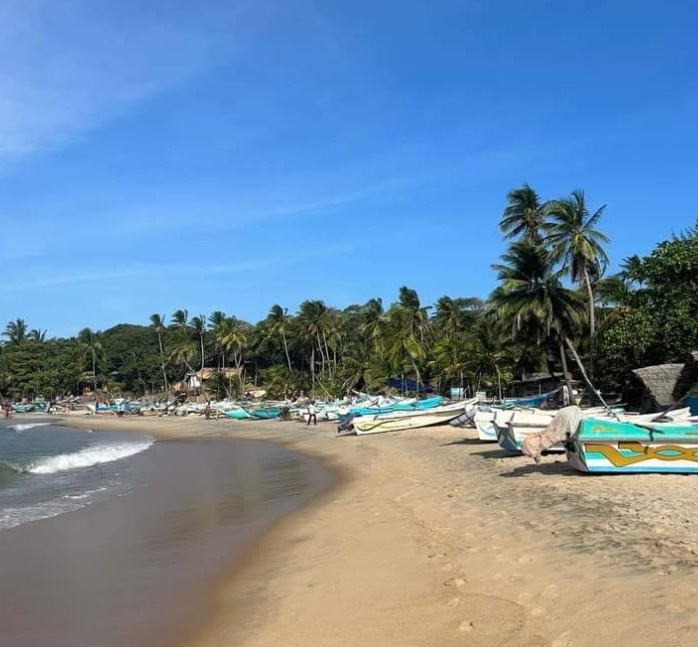
Historical and Cultural Background
Pasikuda is found in the historically significant Eastern Province of Sri Lanka, which has Tamil, Sinhalese, and Muslim populations. Centuries of cultural exchange, colonization, and conflict have characterized the region. Batticaloa itself has historical significance, with the Dutch Fort (founded in 1628), and as an early point of European colonial interest.
Pasikuda was off limits to visitors and suffered the worst of the conflict during the Sri Lankan civil war (1983–2009). That was followed by the devastation of the 2004 Indian Ocean tsunami along the coastline, including Pasikuda. In the years since the war and tsunami, however, there has been significant activity by the government and private investors to rehabilitate and develop the region.
Today, Pasikuda represents a symbol of peace and recovery, where visitors can enjoy the beauty of a region that has endured and overcome tremendous hardship.
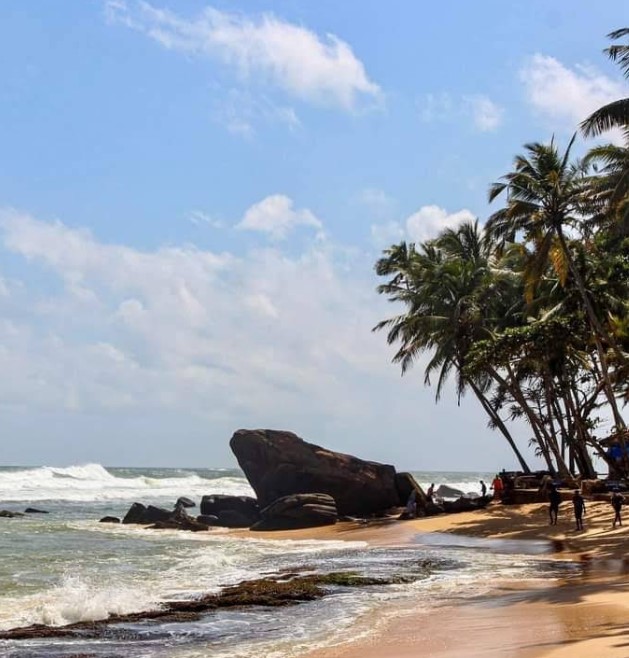
Tourism Development
Pasikuda has also developed quickly since the end of the civil war as part of Sri Lanka’s renaissance in tourism. A number of upscale and mid-range resorts and boutique hotels have sprung up along the beach, blending nature with contemporary luxury. Some of the hotels that are well known are Uga Bay by Uga Escapes, Amaya Beach, Anantaya Resort, and Maalu Maalu Resort.
These resorts offer an abundance of amenities—spas, seafood restaurants, infinity pools, and private beaches—all while being designed with sustainability in mind. Sustainable architecture and community-based tourism initiatives are all the rage in the region.
Developed but not as commercialized as Sri Lanka’s south coast, Pasikuda has a quietness that attracts those seeking solitude and authenticity.
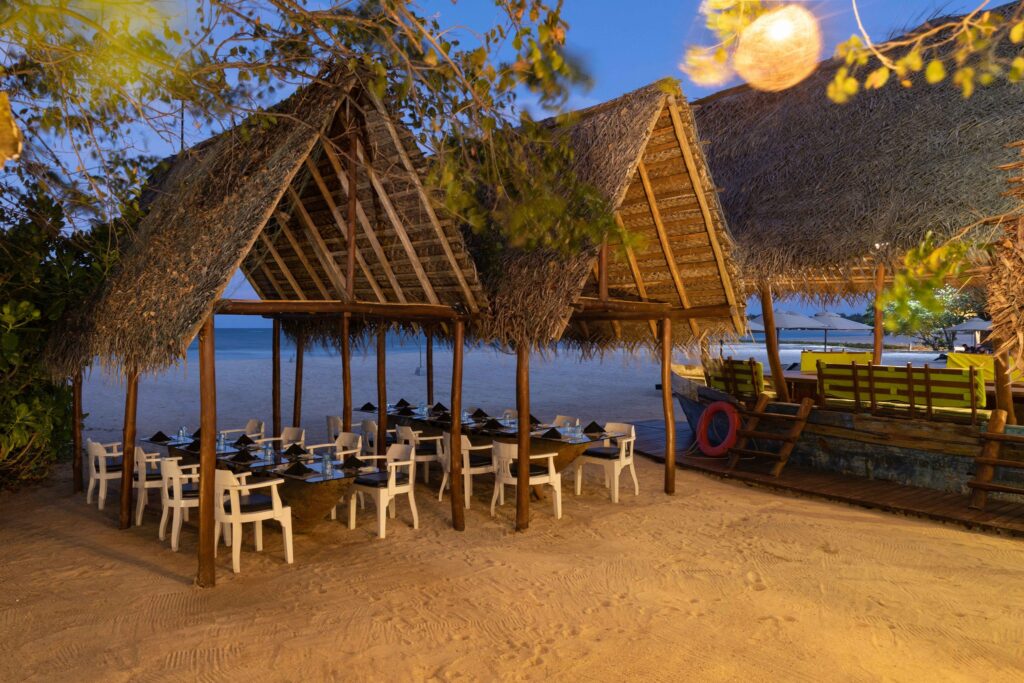
Local Culture and Cuisine
A visit to Pasikuda offers more than seaside relaxation—it’s also a gateway to Eastern Sri Lankan life. The nearby town of Kalkudah, some kilometers inland, has small markets and local eateries where guests can try traditional Tamil and Sinhalese dishes such as rice and curry, seafood sambal, hoppers, kottu roti, and spicy crab curry.
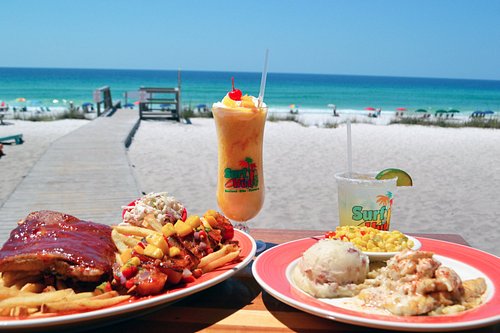
A trip to Batticaloa—the much-touted “Land of the Singing Fish”—is also highly recommended. The town is famous for the peculiar musical notes reportedly emitted by the Batticaloa Lagoon, a phenomenon attributed to the movement of certain fish in particular circumstances.
Temples, churches, and mosques are evidence of the area’s religious diversity. A few sites of interest include the Koneswaram Temple in Trincomalee, Mamangeswaram Kovil, and St. Mary’s Cathedral in Batticaloa.
Activities and Attractions
While Pasikuda is best known for its calm beaches and water sports, the surrounding area has much to provide in the way of activities and excursions:
Snorkeling and Diving: The reef system is accessible even for novice divers, while more experienced divers can explore shipwrecks and deeper coral gardens.

Boat Tours and Lagoon Safaris: These excursions showcase the plentiful birdlife, mangroves, and fishing villages of the Batticaloa Lagoon.
Cycling and Trekking: Beach and inland paths allow scenic cycling excursions and nature walks.
Historical Landmarks: Visit the Batticaloa Dutch Fort, Vakarai Memorial, and other war memorials to understand the area’s turbulent history.
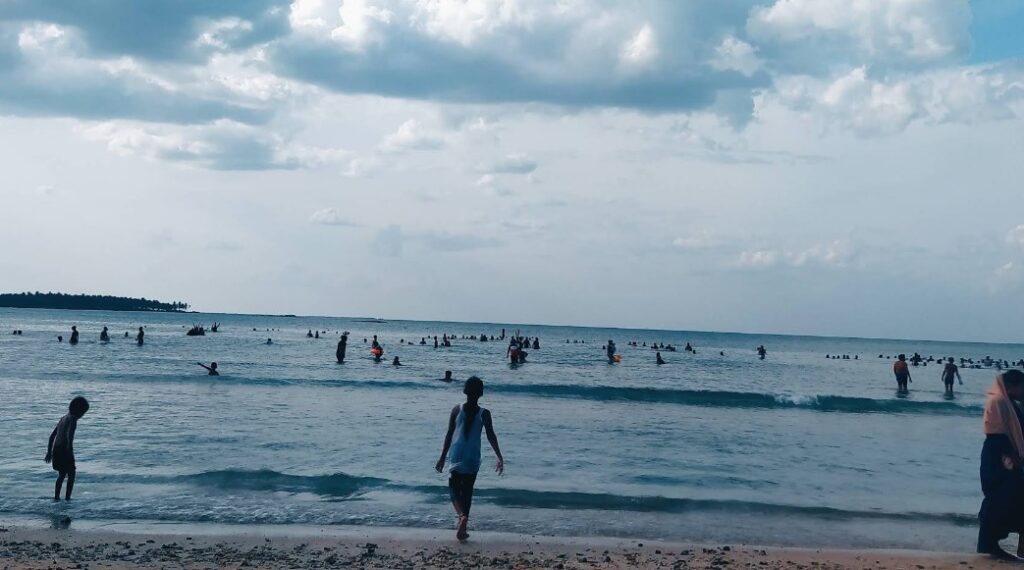
Responsible Tourism
With the growing number of tourists comes the need for sustainable tourism. Waste disposal, coral reef conservation, and community-based tourism have been emphasized by local governments and organizations. Tourists are encouraged to utilize local establishments, be respectful of cultural norms, and participate in eco-friendly activities.
Getting There
Pasikuda is accessible by road, rail, and air: By Road: A 6- to 7-hour drive from Colombo via Polonnaruwa or Mahiyangana.
By Rail: Trains run to Batticaloa from Colombo Fort Station, from where you can take taxis or buses to get you to Pasikuda.
By Air: Domestic flights land at Batticaloa Airport, from where a short drive gets you to the beach.
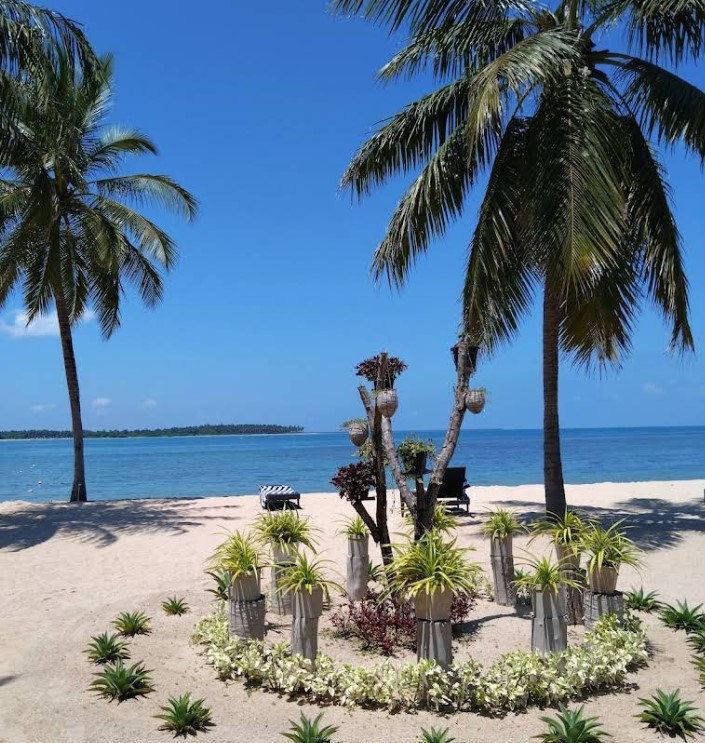
Best Time to Visit
The best time to visit Pasikuda is between May and September, which is the dry season on the east coast, with calm seas and clear visibility for snorkeling and diving. Off-season travel (October to March) is possible, but there will be sporadic rain and rough seas, which will limit water sports.
Pasikuda Beach is among Sri Lanka’s east coast best-kept secrets—a place where nature’s beauty and cultural wealth converge, and where the future and the past intersect. For the traveler seeking a peaceful retreat that provides sunshine, heritage, and the gentle rhythms of beach life, Pasikuda is not so much a destination as an experience.
Whether you’re looking to relax by the shore, explore underwater wonders, or immerse yourself in local traditions, Pasikuda offers a holistic and memorable journey. In the broader narrative of Sri Lanka’s healing and renewal, this beach stands as a shining example of how tourism can harmonize with culture, nature, and community.
